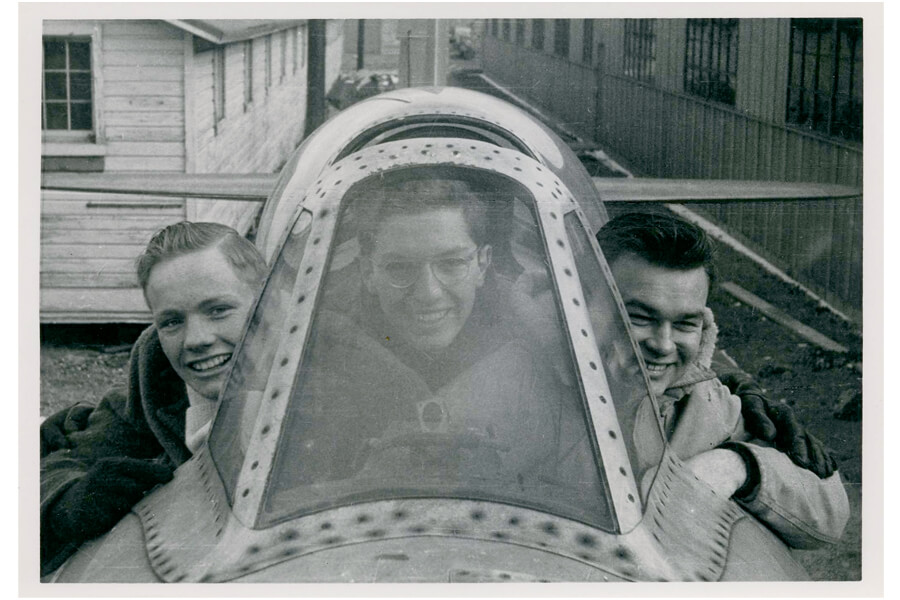Neil Armstrong may have spent only a few years as a Purdue student, but his career path is intertwined with the University. Starting as a Boilermaker in 1947 on a Navy scholarship, Armstrong left in 1949 to serve in the Korean War as a Navy pilot. Returning to Purdue in 1952, he graduated in 1955 with a bachelor of science in aeronautical engineering.
In 1962, Armstrong became an astronaut and served as the command pilot for NASA’s Gemini 8 mission, integral to the success of future NASA missions. On Gemini 8, he carried a ceremonial flag that Purdue President Frederick Hovde had gifted him.
On July 20, 1969 — the year of Purdue’s centennial — Armstrong became the first man to walk on the moon; the next year, he received an honorary doctorate in engineering from Purdue. In 1971, following the Apollo 11 mission, Armstrong retired from NASA, moving home to Ohio to work as a professor.
Armstrong regularly visited Purdue the rest of his life, spearheading fundraising campaigns and attending football games. Students he interacted with commented on his genuine interest in their academic pursuits.
In 2007, Purdue officials dedicated the Armstrong Hall of Engineering in a ceremony attended by Armstrong and 14 other Purdue astronauts. The iconic 200,000-square-foot building embodies the University’s globally renowned engineering program, which to date has fostered the careers of nearly two dozen Purdue astronauts.
Before his death in 2012, Armstrong donated his personal papers to Purdue Libraries’ Archives and Special Collections; they chronicle his career in flight and are available for scholarly research. His spirit lives on in other ways at the University as well; outside Armstrong Hall, students and visitors are often seen posing for photographs next to his statue.

A young Neil Armstrong with two friends inside the cockpit of a jet.
Photo courtesy of NASA and Purdue Archives and Special Collections
